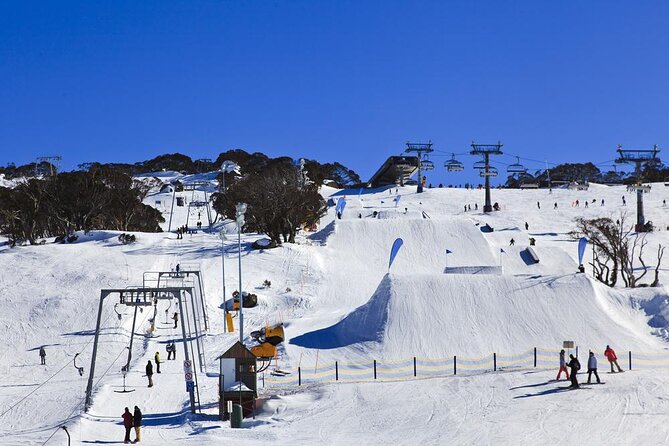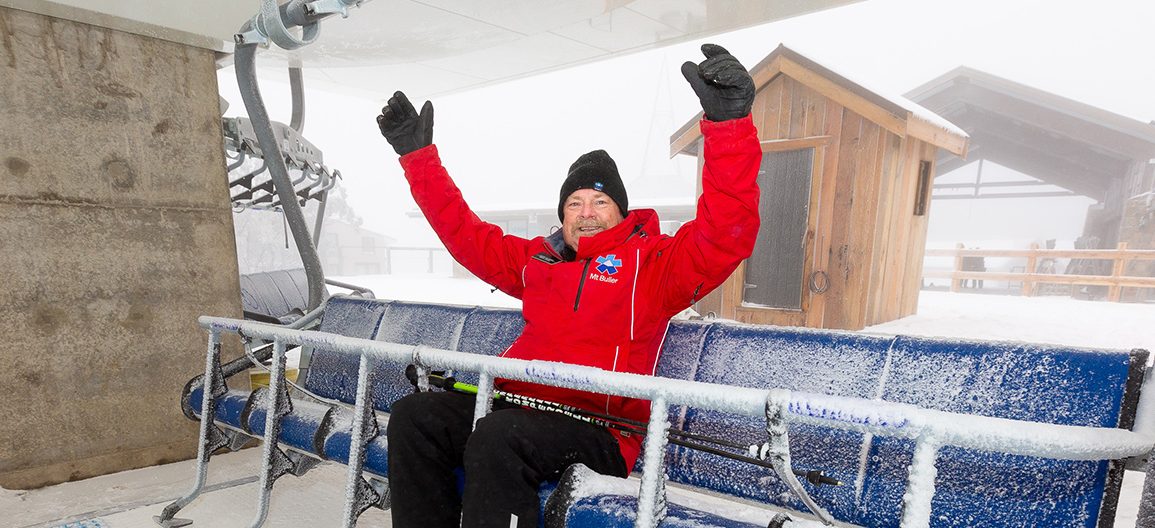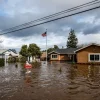Australia’s ski season began on a grassy note this year, with minimal snow coverage across the resorts. Despite the lack of natural snow, resorts were trying to stay positive and offer some skiing opportunities.
Mt Buller in Victoria was the only resort to open with a ski-on chairlift on the season’s first day. The Bourke Street chairlift provided access to a single lane of artificial snow, marking the start of the resort’s centenary celebrations.
According to Noel Landry, general manager of Buller ski lifts, the snowmaking team had been working tirelessly in preparation for the weekend.
Perisher in New South Wales had only a single conveyor lift operational at its base, with the rest of its 45 lifts closed.

Nevertheless, some human-made snow attracted families, and the resort’s vice president, Nathan Butterworth, was hopeful for improvement with snowfall predicted in the coming week.
Nearby Thredbo’s ski slopes and parks were closed, but two chairlifts offered scenic rides. In Victoria, Falls Creek and Mt Hotham were covered in grass. Hotham’s snow reporter, Bill Barker, remained optimistic, noting that past epic winters often started slowly and predicting a promising week.
Despite these early challenges, historical data suggests that low early snowfall does not preclude a successful season. However, global warming poses a significant threat, with a report warning that ski seasons could shorten from 105 days to 81 by 2030 even with reduced greenhouse gas emissions.
Pieta Herring of Alpine Access Australia highlighted the risks of June snow coverage due to climate change.
She noted that the reliance on natural snow has decreased, with many opting for snowmaking technology and higher-altitude ski touring. Herring emphasized the need for flexibility in planning, given the variability in snow conditions.

